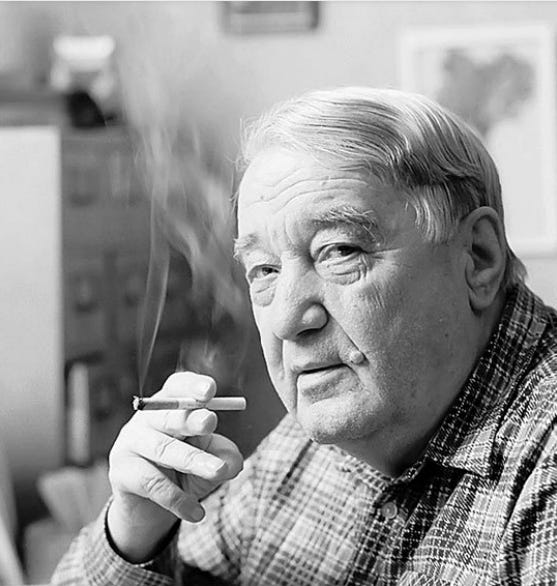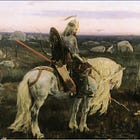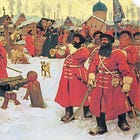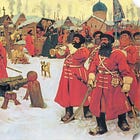Index Page, from Rus to Russia, fully uploaded
Historical period of the formation of Russia, starting with the formation of the principality of Kiev, maybe in 882, and on through the era of Peter the Great's reforms, and those historical figures.
"From Rus' to Russia" is an original and truly in-depth study of the outstanding Russian historian and geographer L. N. Gumilev. After 1725 and the death of Peter the Great the history turns from the formation of Russia, to the formation of the Russian empire, and is not a part of this study.
(Gumilev smoked a lot, in all of his pictures)
Lev Nikolayevich Gumilev (1912-1992) was a Soviet and Russian historian-ethnologist, orientalist, doctor of historical and geographical sciences, translator from the Persian. He is the son of N. S. Gumilev and A. Akhmatova, both Russian poets.
Л. L.N. Gumilev is the founder of the passionary theory of ethnogenesis, ethnic genesis. His works are on the history of Turkic, Mongolian, Slavic and other peoples of Eurasia. "From Rus' to Russia was the last work Gumilev had prepared to print, the result of the author's deep, multifaceted study of the ethnic history of his country.
___________
As you will see, this book is illustrated with medieval art. That makes it kind of unique. I will reproduce all of it. From Time-to-Time, as I upload this, I might make some comments here. But for the most part this index, like all the others, is a place-holder for all the different chapter and section links.
I have just read this in August, and I will read it again as I post it. My impression so far is there is not much, or nothing to emulate in this period of Russia. These people continually lived through some very difficult times. It made up a great part of their character. I will add comments as I refine my views.
**One important comment is to get to know how Gumilev writes. He has a lot of very detailed (long) books about central Asia and Europe. He writes more on interrelationships and not just listings of events, one after another. But why were these relationships the way that they were? To understand that, you have to dig into each society/ethnicity to see what internal process they were in at the time.
Because each of these books may be centered around another civilization in close proximity; their relationships are similar to the ones described in the last book. Therefore there is a lot of repetition in these descriptions, from book to book. You might even come to identify them as "boiler-plate" descriptions, repeated verbatim.
Of course in reading one book, there is no problem. But here on our library, many of these books will be presented. You might get irritated by this repatition method.
What do you do when you are studying some period? You read intently, you might even take notes and review them, or at some point you might choose to read it again. That's what happens in our library on the Gumilev material. There is the opportunity to read about certain cultures again, (and again).
***There are several long indexes at the end of Rus2Russia. One is a timeline from the standard chronicles of the period. Those historians were synthetic with the material and romanticizing in their stories, for the benefit of their patrons. That is "history as usual" and it’s boring and full of skepticism. The interesting part is to compare that to how Gumilev treats the same material.
Furthermore it IS helpful to keep track of what Gumilev is talking about. I will post the time line rather quickly. I suggest to open it on another browser tab, and follow along to see what our author emphasizes, and if he leaves out anything from previous chronicles.
Below will be the links, I think a lot, maybe 20?
























